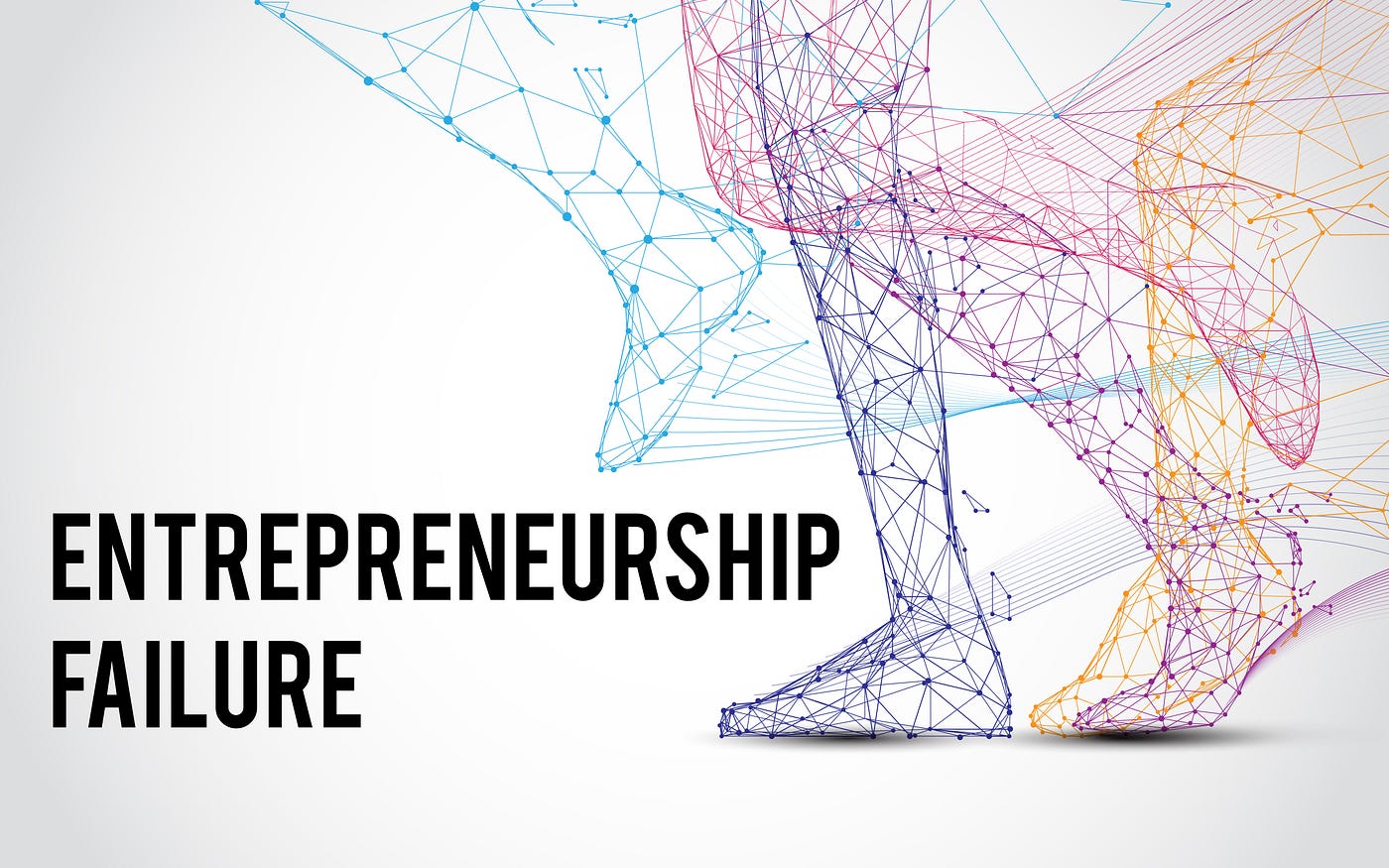Entrepreneurship is often painted as a thrilling journey filled with success, freedom, and innovation. But behind the glamorous stories of startup triumphs lies a universal struggle every entrepreneur faces: the fear of failure. Whether you’re just starting your business or are deep into your entrepreneurial journey, the fear of failure can hold you back, cause indecision, and make you second-guess your path.
But here’s the truth: failure is inevitable. However, embracing failure and managing the fear of it can be the key to unlocking long-term success in your entrepreneurial journey. In this article, we’ll explore how to overcome the fear of failure, how to embrace risk, and how to leverage both to propel your business forward.
Understanding the Fear of Failure
At its core, the fear of failure is an emotional reaction to the unknown. It stems from a fear of loss—whether that’s the loss of money, time, reputation, or the sense of self-worth. The pressure to succeed can make entrepreneurs feel like failure is not an option, but this mentality often leads to stagnation and hesitation.
Many entrepreneurs fear that their business idea will flop, that they will be judged for their failures, or that their venture will be seen as a personal failure. The truth is, every entrepreneur has experienced failure in some form. In fact, many successful entrepreneurs attribute their achievements to the lessons learned from their setbacks.
Reframing Failure: Failure as a Learning Opportunity
One of the most important steps in overcoming the fear of failure is reframing the way you think about it. Instead of seeing failure as a negative end, view it as an essential part of the learning process.
- Shift your perspective:
Failure doesn’t define your worth as an entrepreneur. It’s simply a step on the path to success. Every failure gives you valuable insights about what doesn’t work and helps you refine your strategies. - Learn from the setbacks:
Every mistake, every wrong decision, every failure can be a lesson. The key is to analyze what went wrong, what you can do better next time, and how you can avoid making the same mistake again. This reflection not only helps you avoid pitfalls but also accelerates your growth as an entrepreneur. - Embrace the iterative process:
Entrepreneurship is about constant refinement. Successful businesses rarely get everything right on the first try. Embrace failure as part of the iterative process, where each mistake makes your product, service, or business model stronger.
Calculated Risk: Managing the Fear of the Unknown
The word “risk” is often tied to negative outcomes. However, risk in entrepreneurship is unavoidable. Without risk, there’s no reward. The key is to take calculated risks rather than reckless ones. Here’s how:
- Do thorough research:
Before taking a risk, conduct thorough market research. Understand your audience, competitors, and potential outcomes. The more information you gather, the less daunting the risk will seem. - Start small and test the waters:
Rather than diving headfirst into a massive investment, test your business idea on a smaller scale. This approach helps minimize the potential losses and lets you refine your idea before going all-in. Testing and validating your idea can be done through surveys, prototypes, or small pilot programs. - Have a backup plan:
Entrepreneurs should always have contingency plans in place. Having a backup strategy allows you to feel more secure when taking a risk because you know what actions to take if things don’t go according to plan. - Be prepared for failure:
Mentally prepare yourself for setbacks. Understand that failure isn’t a roadblock; it’s just part of the journey. Accepting that failure could happen helps you make more informed decisions and take risks with a clearer mind.
Stories of Successful Entrepreneurs Who Embraced Failure
Some of the most iconic entrepreneurs in the world have faced failures and setbacks, but they’ve used those experiences to fuel their success. Here are a few examples:
- Thomas Edison:
Edison famously said, “I have not failed. I’ve just found 10,000 ways that won’t work.” Edison’s persistent failures and experiments eventually led to the invention of the light bulb, revolutionizing the world. He didn’t let setbacks stop him; he used them as stepping stones toward success. - Steve Jobs:
Jobs was ousted from Apple, the company he co-founded, after a series of disagreements and struggles. However, instead of seeing this as a failure, he used it as an opportunity to grow and eventually return to Apple, transforming it into one of the most valuable companies in the world. - Sara Blakely:
Blakely, the founder of Spanx, faced rejection from multiple investors and manufacturers before her product took off. She didn’t let those failures discourage her. Instead, she embraced them, learned from each rejection, and eventually became the youngest self-made female billionaire in the U.S.
These stories demonstrate that failure is not the end, but rather the beginning of something new. The key is resilience—the ability to get back up, learn from your experiences, and keep pushing forward.
Building Resilience and a Positive Mindset
Developing resilience is crucial for overcoming the fear of failure. Resilience is your ability to bounce back from challenges, to adapt, and to keep moving forward despite difficulties. Here are some strategies for building resilience:
- Cultivate a growth mindset:
Adopt a mindset that embraces growth and learning. Understand that skills can be developed and failures can be corrected with effort and perseverance. - Focus on your “why”:
Remind yourself why you started your entrepreneurial journey in the first place. Your mission, vision, and values will help guide you when things get tough and keep you motivated during difficult times. - Stay connected with others:
Surround yourself with a strong support system. Fellow entrepreneurs, mentors, and peers who understand your journey can offer advice, encouragement, and perspectives that will keep you moving forward.
Conclusion: The Power of Embracing Risk
The fear of failure is a natural part of entrepreneurship, but it doesn’t have to hold you back. By reframing failure as a learning opportunity, taking calculated risks, and building resilience, you can turn failure into a powerful tool for growth. Remember that every successful entrepreneur has faced setbacks—what sets them apart is their ability to embrace risk and continue moving forward, no matter how many times they stumble.
So, the next time you’re faced with a risk, remember that it’s not a barrier but an opportunity for growth. Embrace it, learn from it, and keep pushing toward your entrepreneurial dreams.

